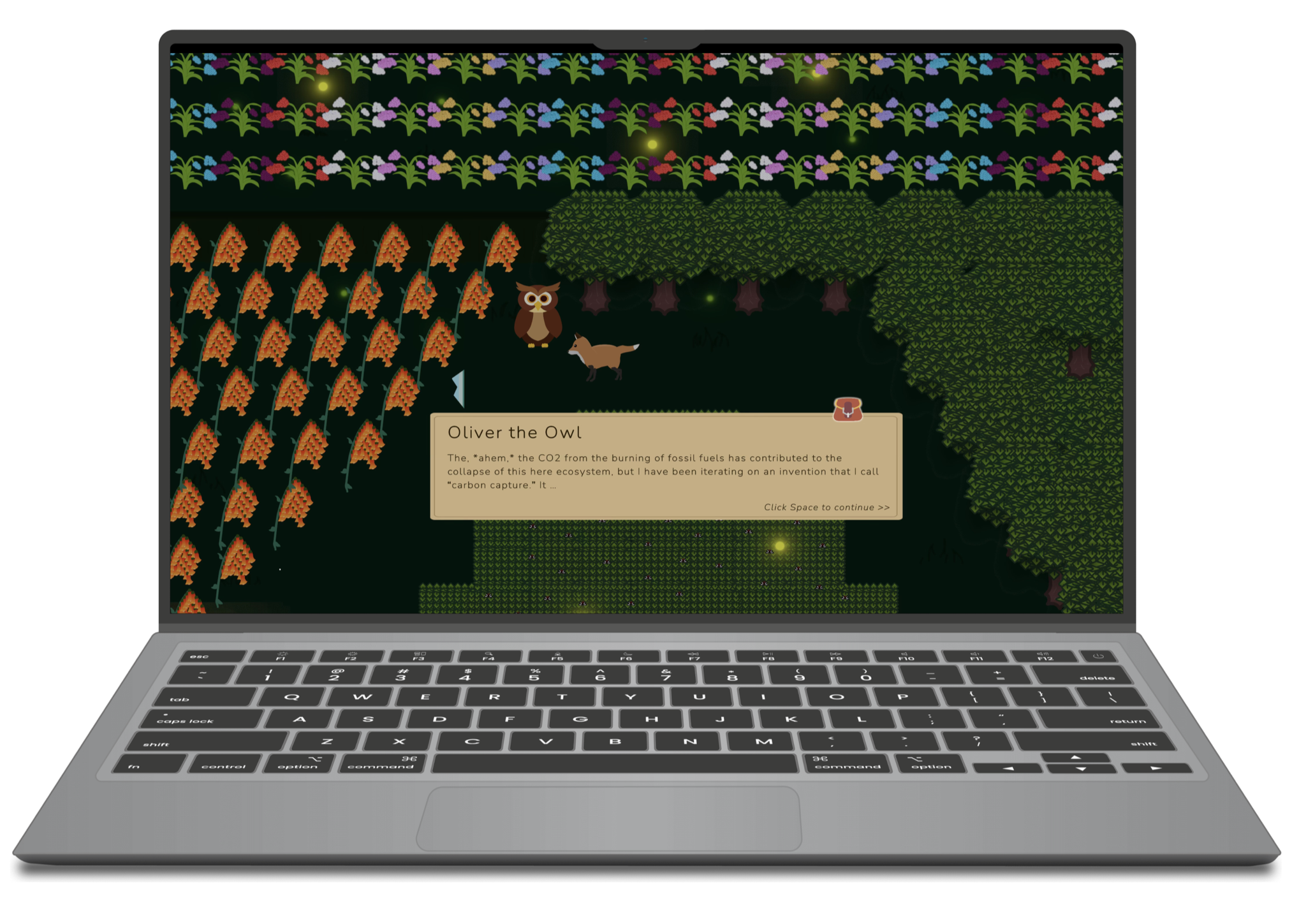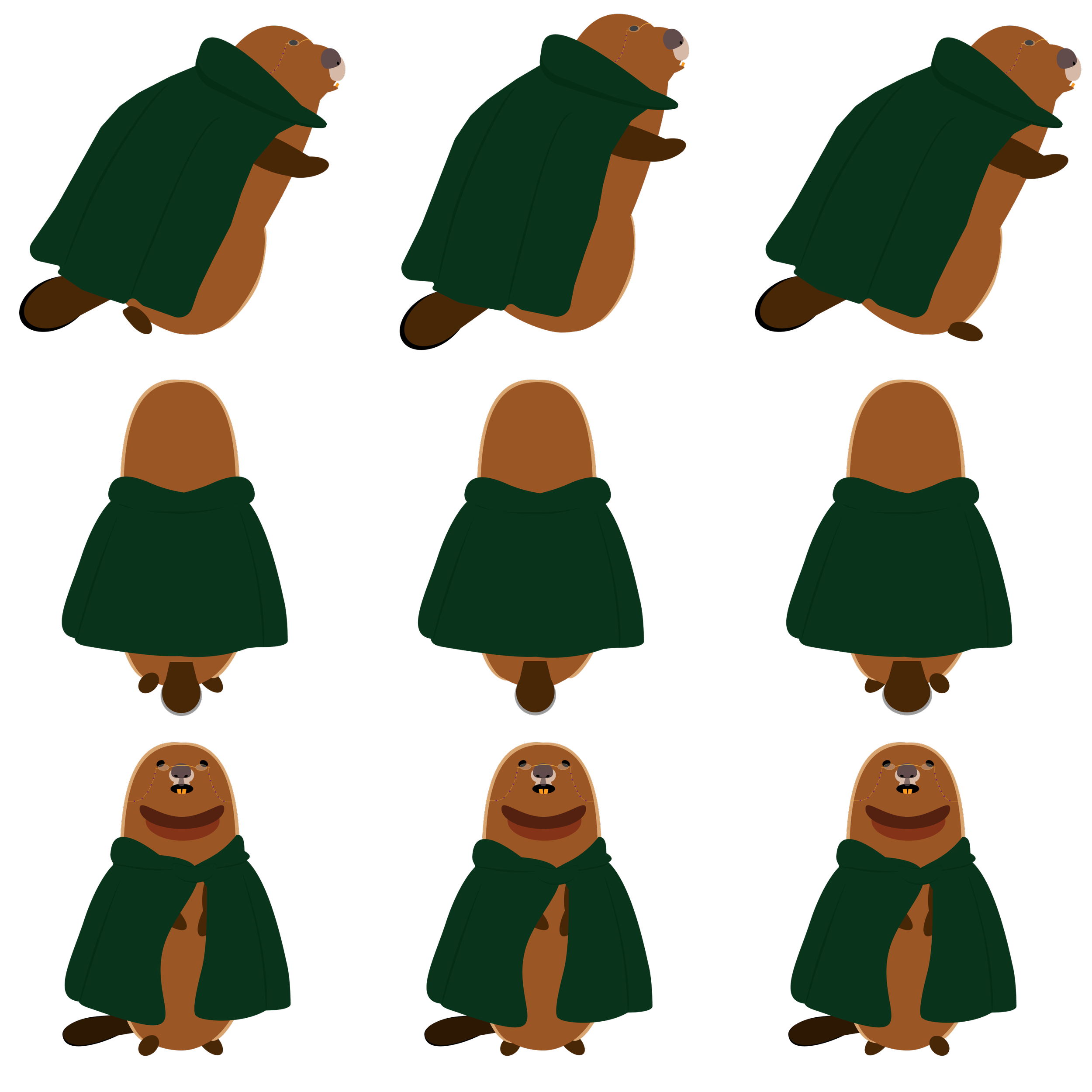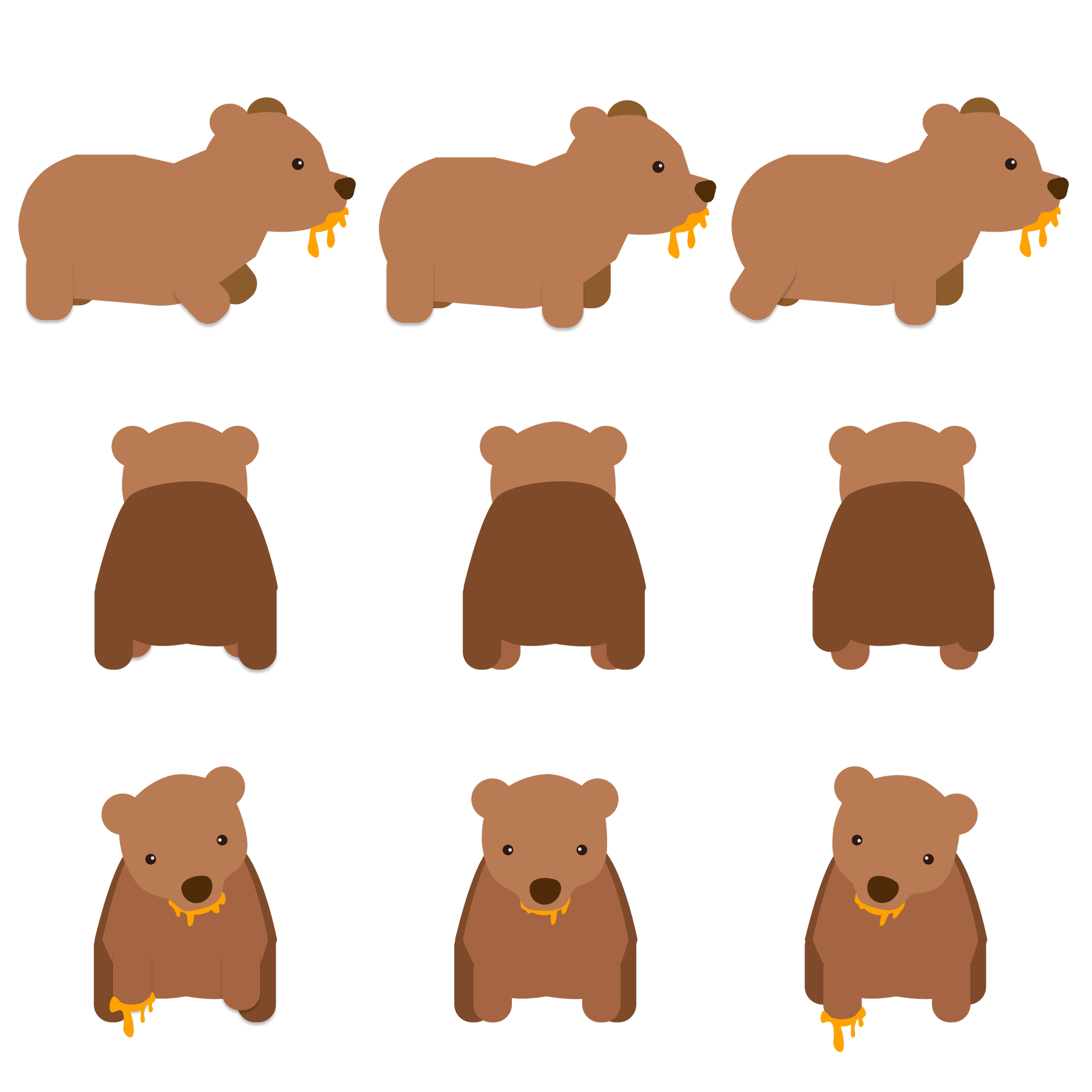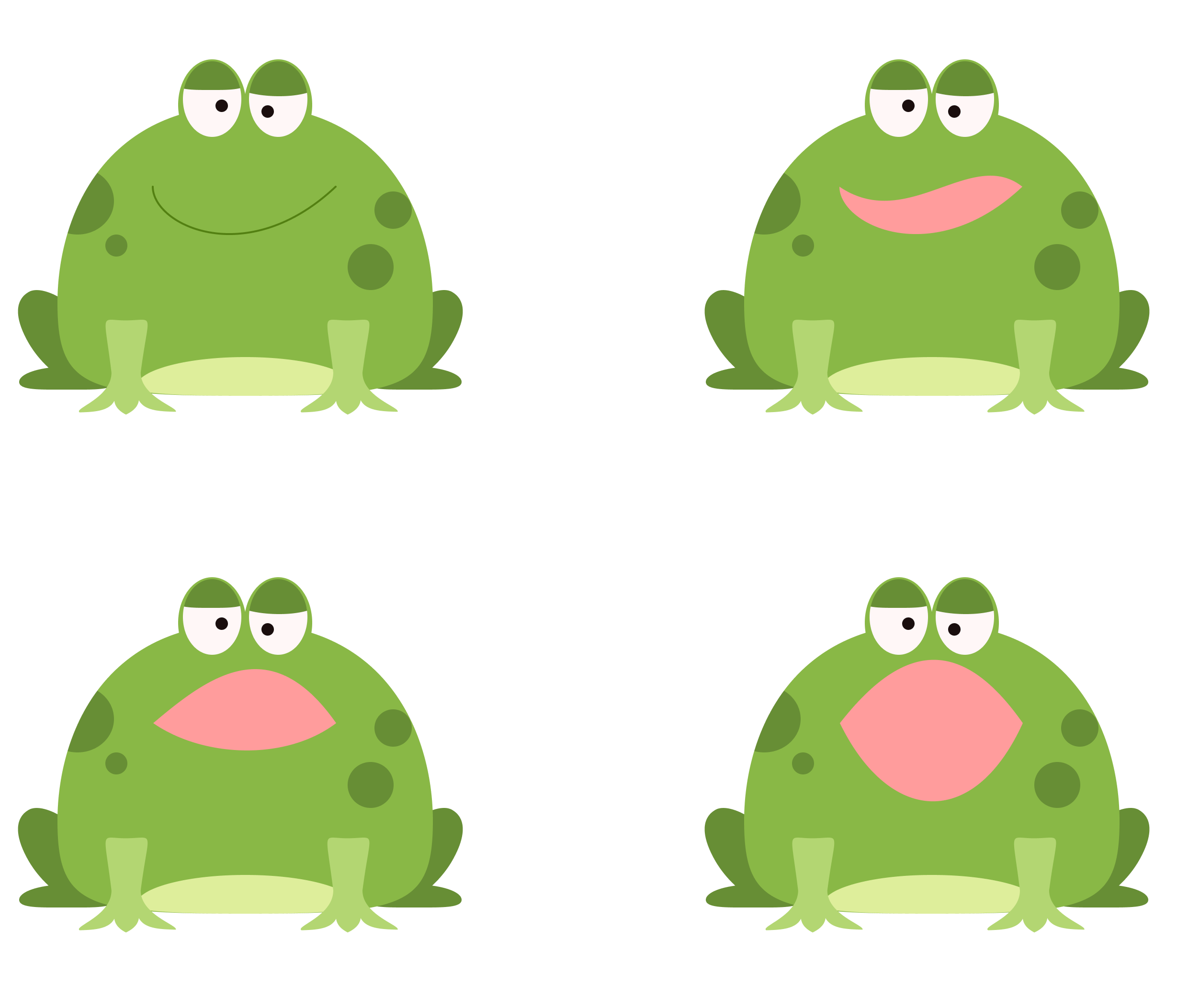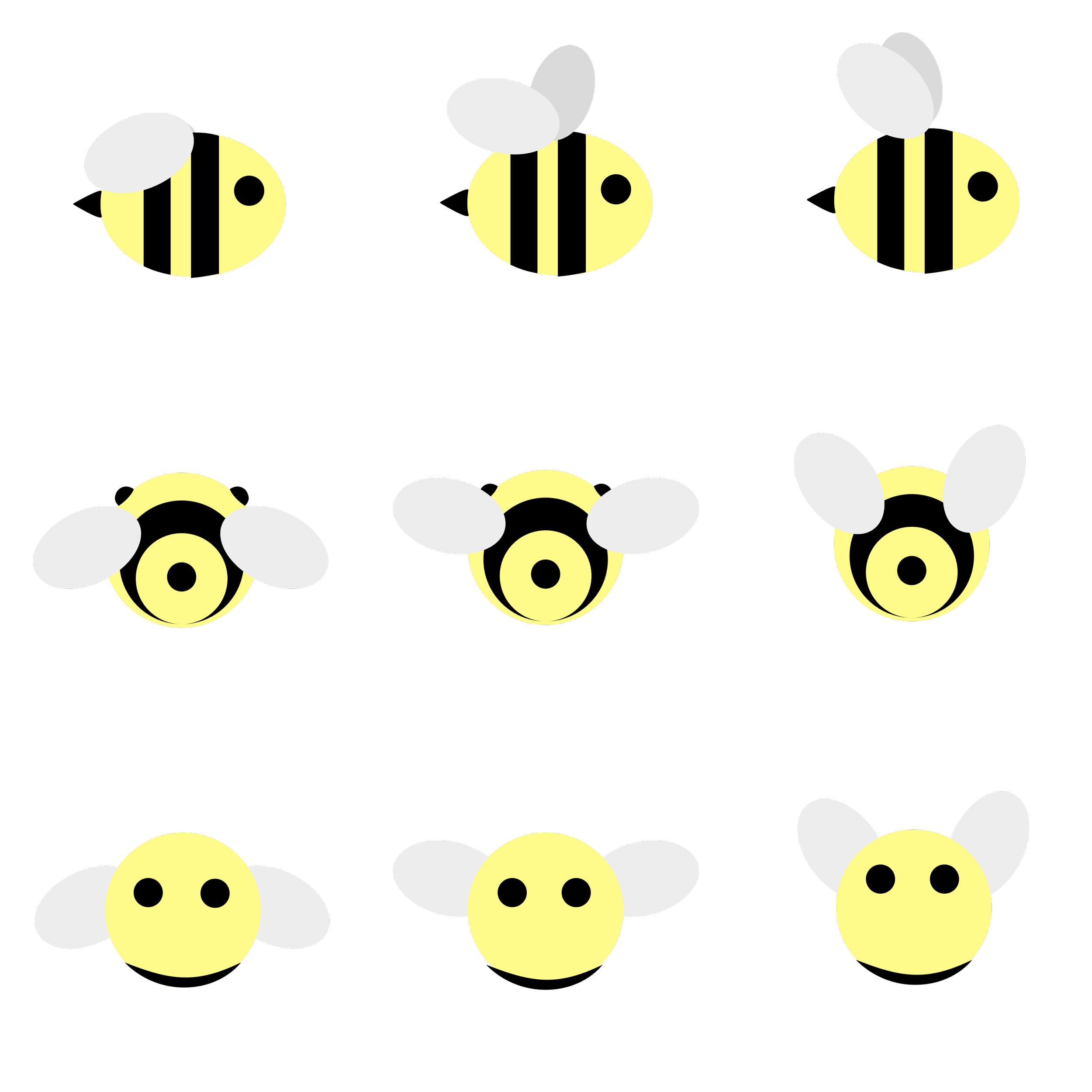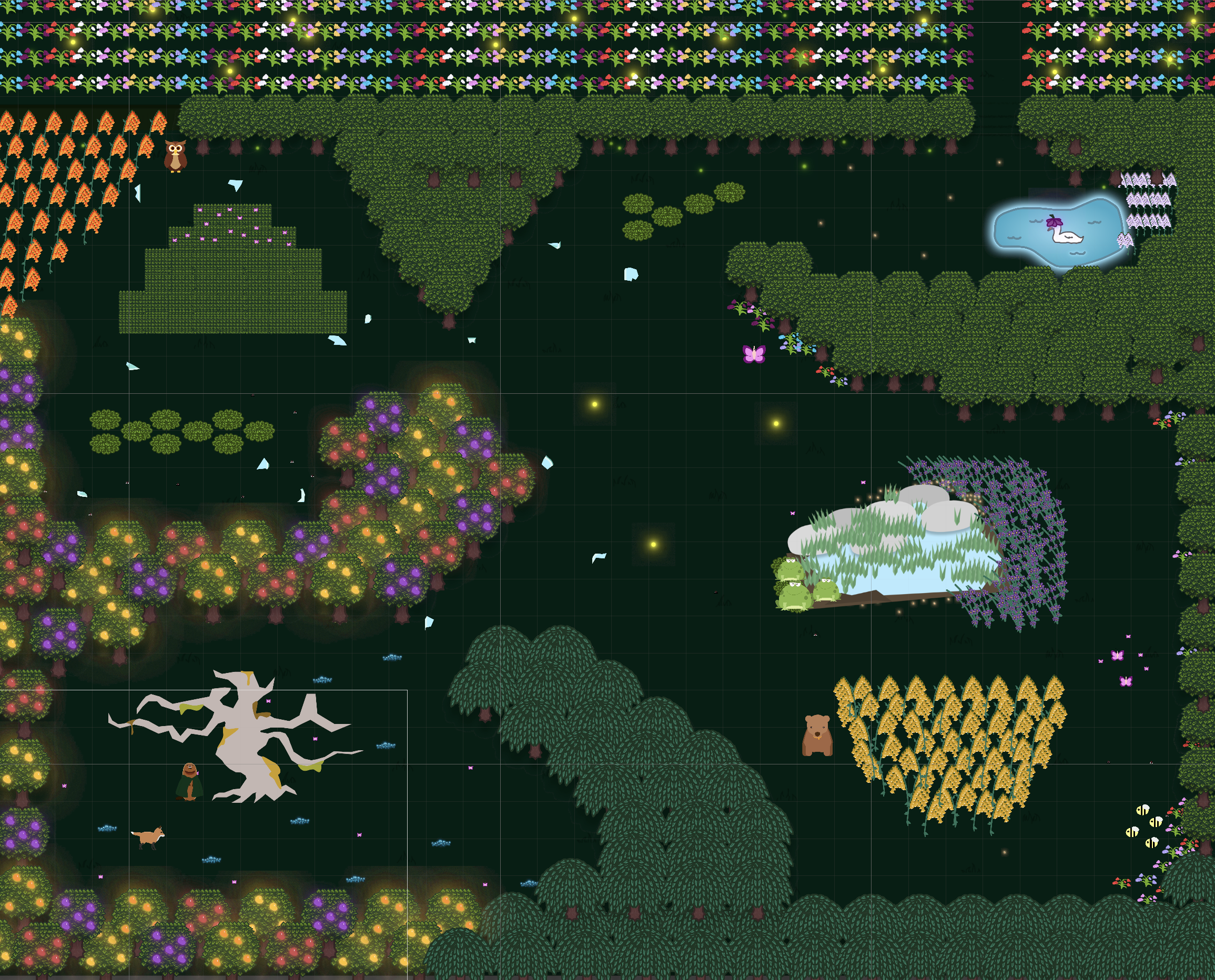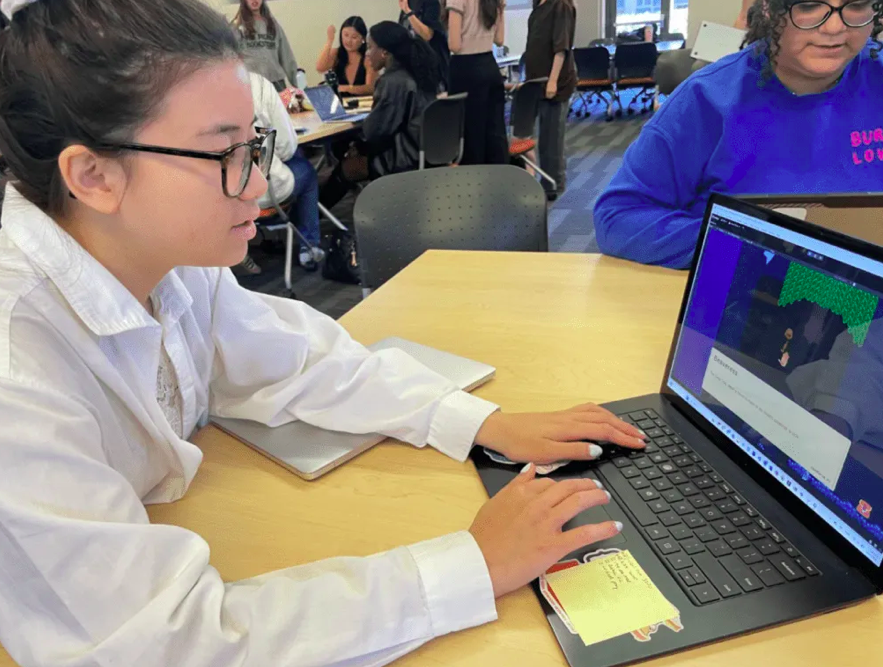where the wind blows
Mar 2025 - June 2025
CS 247G: Design for Play
In CS247G, my team and I were tasked to make two games: one analog, and one digital. This is our digital game slice made in 6 weeks for Wandering—a walking simulator that follows the story of a fox in a magical forest which has been a bit down on its luck.
The fox, like the player, is magically transported into an unfamiliar forest filled with strange plants, glowing fruits, and a few oddly fashionable animals. In our slice, the player must accomplish a series of tasks to create a salve in order to save The Great Tree, which has been dying slowly for quite some time.
Drawing on themes of sustainability, exploration, and giving back to the world around you, Wandering is a fun and exploratory game made to teach people of all ages the importance of the environment.
Tools: Figma, Unity, Git
Roles: UX Researcher, UI/UX Designer, Asset Designer, Sound Designer
Team: Tommy DeBenedetti, Thu Le, Mai Mostafa, Myan Ngo, Candy Tang
Wanna try it out? Our slice is available for download on itch.io!
Our Design Process
CS 247G is a course that encourages you to create fun and engaging experiences of play. You do this through 2 projects, one analog game and one digital game. This is our digital game, Wandering, and how we created the slice in 6 short weeks.
Our Concept
Our first big task was to land on a catching narrative and concept. In order to explore this, we created a concept document which contained storylines, moodboards, and playlists in order for us to create a cohesive narrative around transformation, healing, wonder, hope, and discovery.
Our Moodboards
From this document, we came to the conclusion that a top-down, open-world game centered less on combat and more on strategy and tasks would accomplish these goals best. It gives the impression of an endlessly explorable space with no correct path or wrong direction. By focusing less on combat, we make more room for character interaction and tasks which drive the plot forward.
Character Design
Main Characters
The Player
A young child on a camping trip wanders into the forest. Lost and unsure where to go, they lay down and try to stay calm. When they wake, they emerge as a fox in a magical forest. The forest is strange, there’s odd fruits and fashionable creatures and…a big dead tree. Is that a bipedal beaver?
This child-turned-fox helps the bipedal beavess create a salve to heal The Great Tree, meeting interesting creatures every step of the way.
Bonnie the Beaveress
A wise, old, fashionable beaveress who practices magic. She seems to be the only one who does though, strange.
Bonnie finds the player and immediately notices. The shaky walk, the wobbly knees.
Bonnie speaks to the player and offers to help them find a way home. But reciprocity rules, you must give where you take. Bonnie recruits the player to help acquire the ingredients necessary to create the salve for The Great Tree.
Side Characters
Benjamin the Bear: big fan of honey and pollen-rich flowers, insanely cute
The Frogs: “BUUURRRPPPPPP”
Simone Ze Swan: French and misses Fashion Week; doesn’t know how she ended up here, but is a very big fan of the unique hats
Oliver the Owl: An environmental engineer who has been studying this fancy thing called '“carbon capture”
The Bees: Suppliers of honey, of course only with pollen-rich flowers
As you may have noticed by now, we knew very early on that we did not want to use generative AI in this project despite the short timeframe. We found the challenge of the art to be an exciting one, and we all expanded our vector art capabilities greatly through this project. This sentiment carried over for our asset design, which I was primarily responsible for. You can see the entire asset pack here. I then used these assets to create the game map, doing my best to cultivate a guided open world experience.
Asset and Environment Design
Our Game Map
Our game map was one of our most iterated upon details, continuously being edited to convey our story without explicitly guiding the user. There are prior iterations that included different color schemes, clear pathways, less variety of plants, and many other alterations to get to this map which we felt provided the feeling of open-world, but not one without any direction at all.
Playtesting
Our playtests allowed us to gain valuable insights throughout the entirety of our design and development process. Beyond our map, our playlists contributed to alterations in dialogue, task, and overall comprehension of the themes of our project.
The game’s mechanics center around exploration, collection, and interaction, encouraging players to slow down, wander, and connect with the world around them.
The core loop revolves around gathering four key items—shards, water, honey, and a flower, each linked to small environmental challenges that reveal the forest’s stories and values. An inventory system tracks progress, while subtle UI cues and environmental feedback guide discovery without overt instructions.
Mechanics Design
Every mechanic was designed to reflect the game’s themes of care and restoration: puzzles reward observation rather than speed, and dialogue emphasizes reciprocity over extraction. Through iteration and playtesting, we refined pacing, feedback, and accessibility to make the act of wandering itself feel meaningful, a quiet reflection on our relationship with nature.
If you’d like to see more of our process, you can see our final report here!
Implementation
wandering was developed in Unity using a modular, scene-based structure that separated each forest area into distinct environments connected through fade transitions. The game’s core systems were built around a lightweight player controller that managed smooth movement, collision detection, and camera follow, creating a natural wandering flow. A custom dialogue and interaction system powered exchanges with NPCs and environmental objects, while a centralized Game Manager handled quest logic, inventory updates, and global state persistence between scenes. The inventory UI dynamically tracked collected items such as shards and ingredients, updating through event listeners whenever players completed a task.
Puzzle interactions—like assembling glass shards or gathering fireflies—were implemented using conditional triggers and scripted object states that evolved with player progress. Throughout development, the team refined visual feedback, optimized hitboxes, and fixed camera jitter to polish the player experience. The final implementation balanced narrative pacing with exploration, creating a cohesive, technically stable slice of a larger world.
You can see all this work in our GitHub repository for this project
Our Final Project Demo
Reflection
CS 247G was a truly amazing course for me. As someone who had always loved analog games, it was such an wonderful experience to take my interest and see it to its fullest potential. I had never really been given the opportunity to explore game development before this course. It had always felt foreign and intangible to me, something beyond the scope of my understanding or capabilities. But I took a chance, and I took this class, and I couldn’t be more grateful.
When I learned the concept of something being “fun” for the first time, it fundamentally changed my worldview. When I understood that “fun” actually is learning in a structured, satisfactory, and challenging way, my world expanded. As someone who always had an interest in educational technology, it redefined for me what it means to make something that is educational. In fact, educational technology is everywhere in everything, in every game, in every Canvas assignment, and even in every Tumblr post. I realized that my inherent love of education can guide me even in fields where it may seem unrelated.
Beyond that, being able to learn how to use Unity in a productive and helpful environment was incredibly beneficial to me, especially because I now use it every day in my own research at the Virtual Human Interaction Lab (VHIL). I am incredibly grateful to both my team for their patience with me, and the teaching team for all the support they provided. I am also incredibly grateful because this project was the first time I had created my own vector graphics, and it was a worthwhile and fulfilling challenge. And finally, being able to work on the sound design was very special for me. When I was younger I always dreamed of composing for games, and although I didn’t get to do that here because of the time constraint, being able to find music and create the auditory experience of this game meant the world to me. This is a truly remarkable class.
If I were to continue working on wandering, I would love to build upon its narrative. Some of my favorite video games, Hollow Knight, Breath of the Wild, and Undertale, tend to all captivate me because of their phenomenal world building. This isn’t particularly shocking, I’m a reader and I love a good story. I would love to learn how to build a world through this project, to create not only a fun experience, but an impactful one. I also would love to explore creating accessible experiences, via text to speech, variations in color schemes, and designing hint systems for users who may need assistance to fully engage with what we made.

